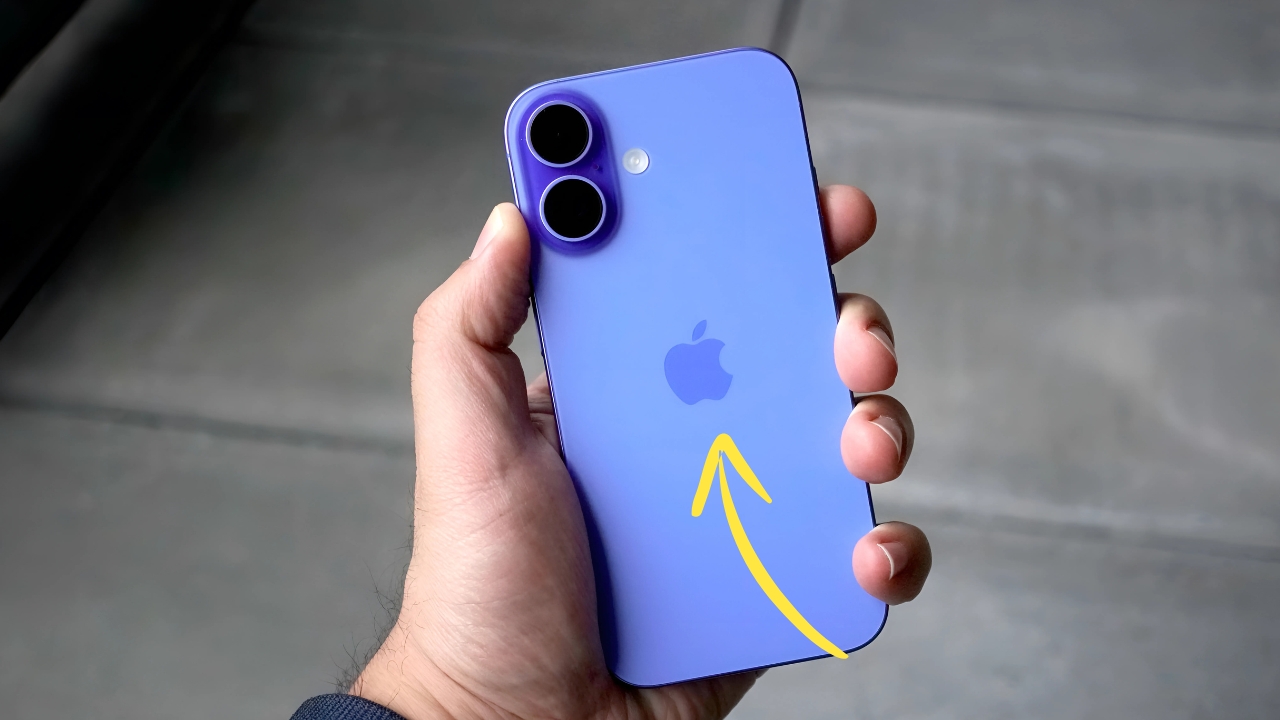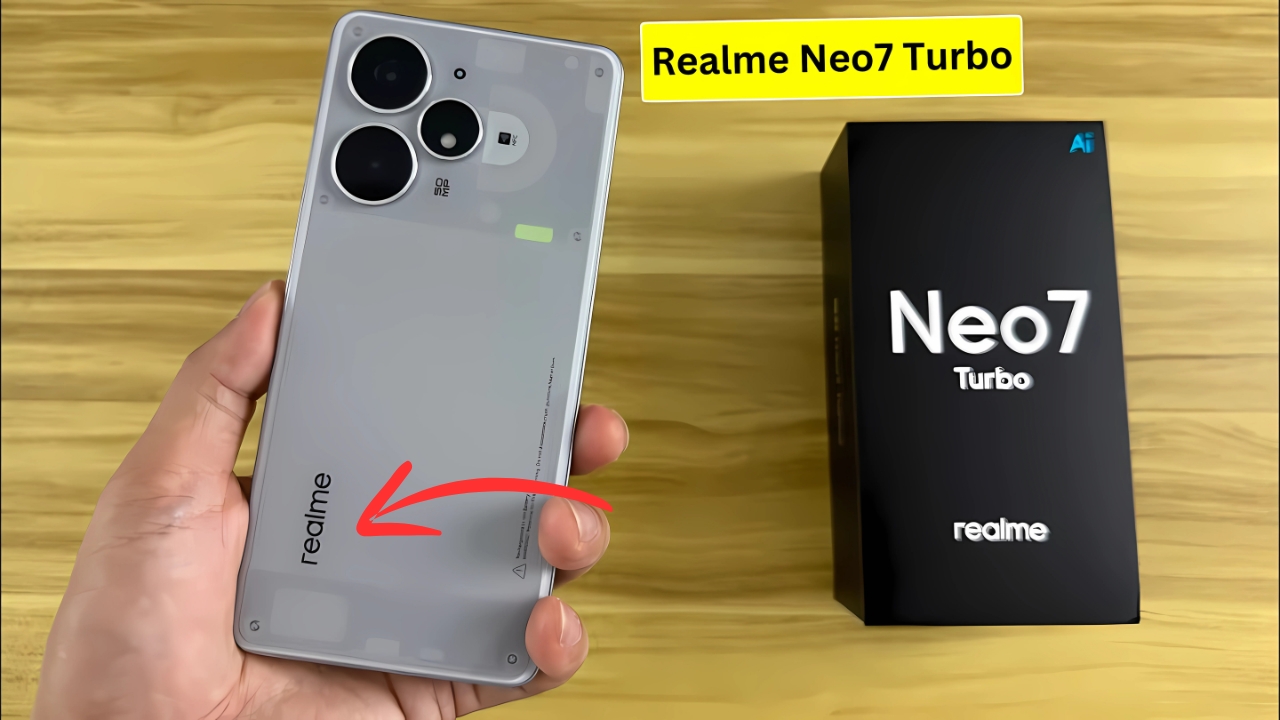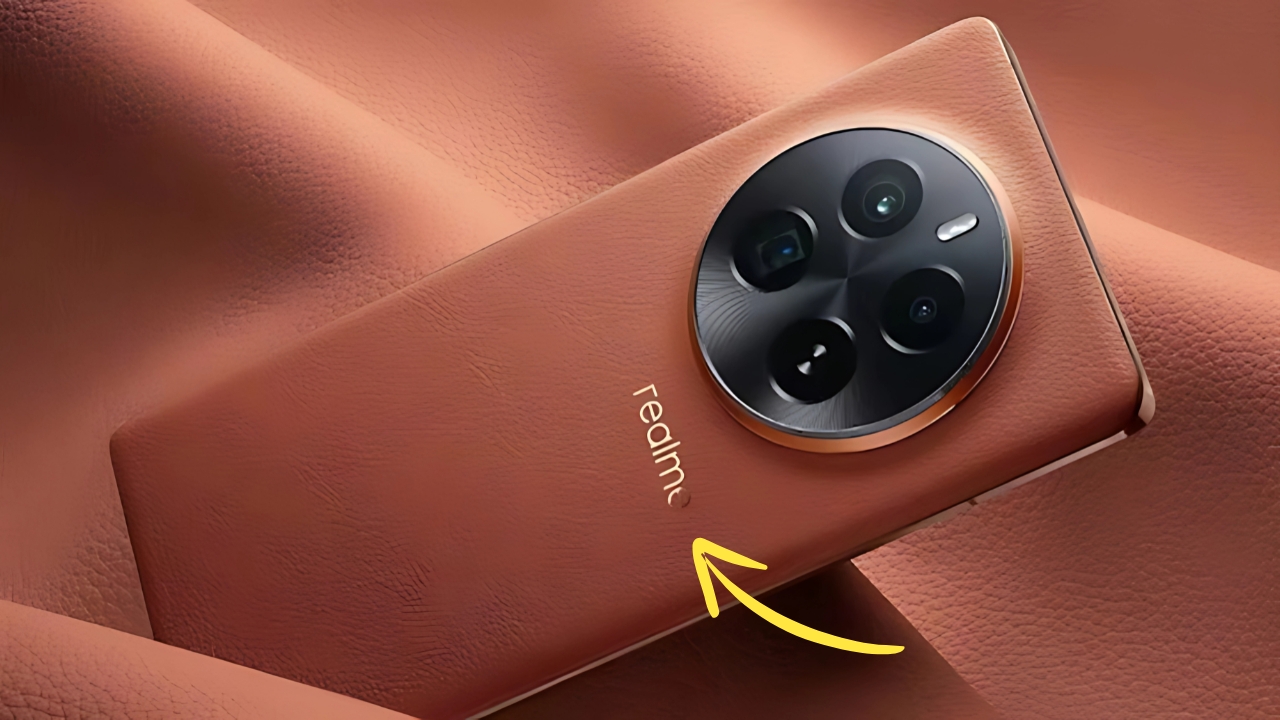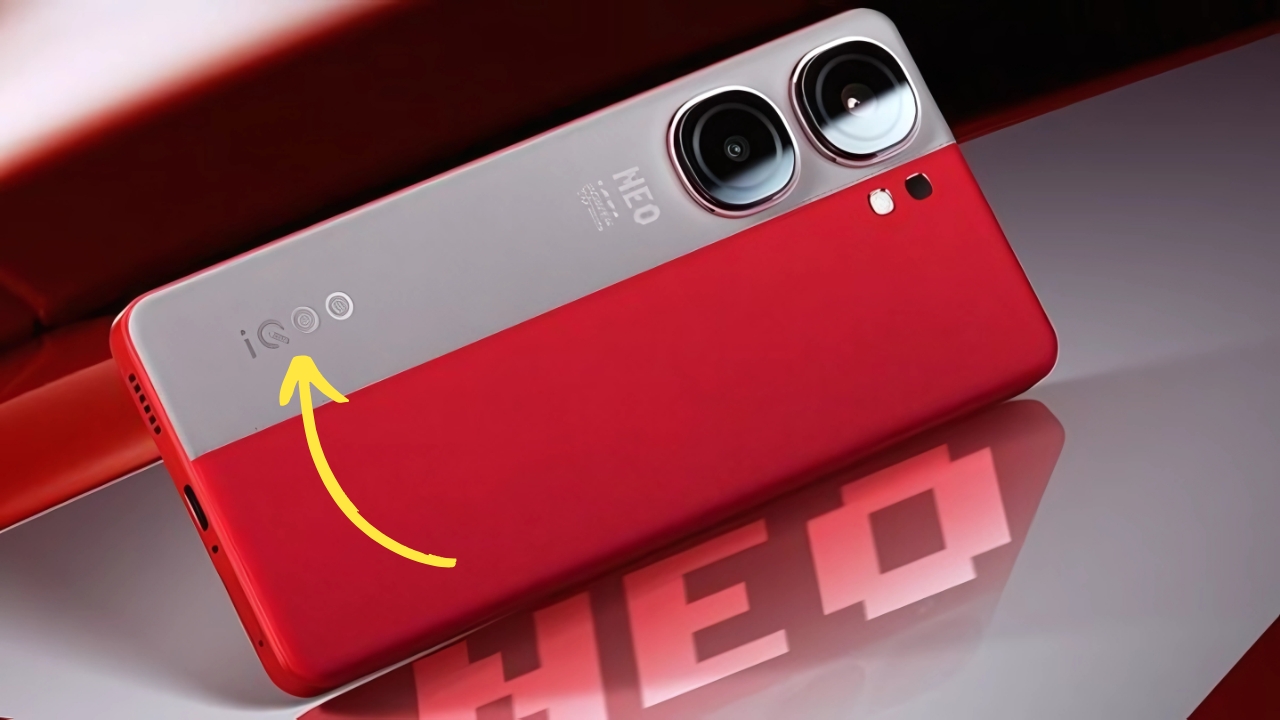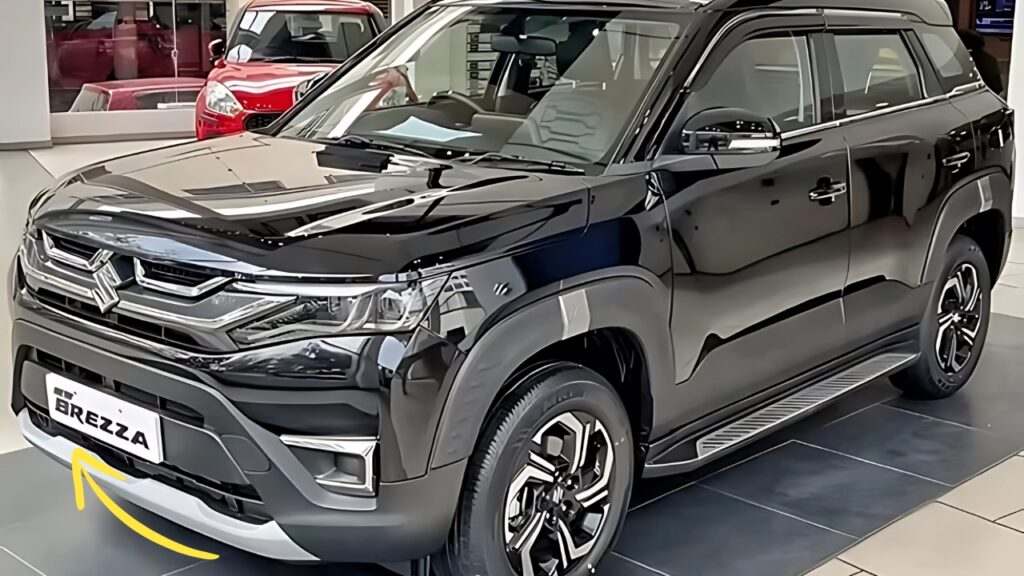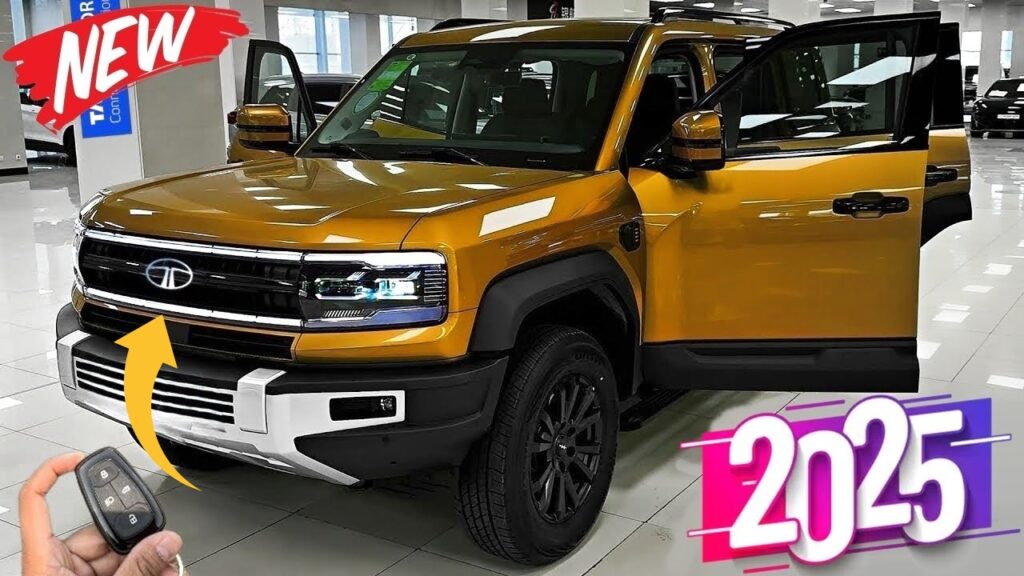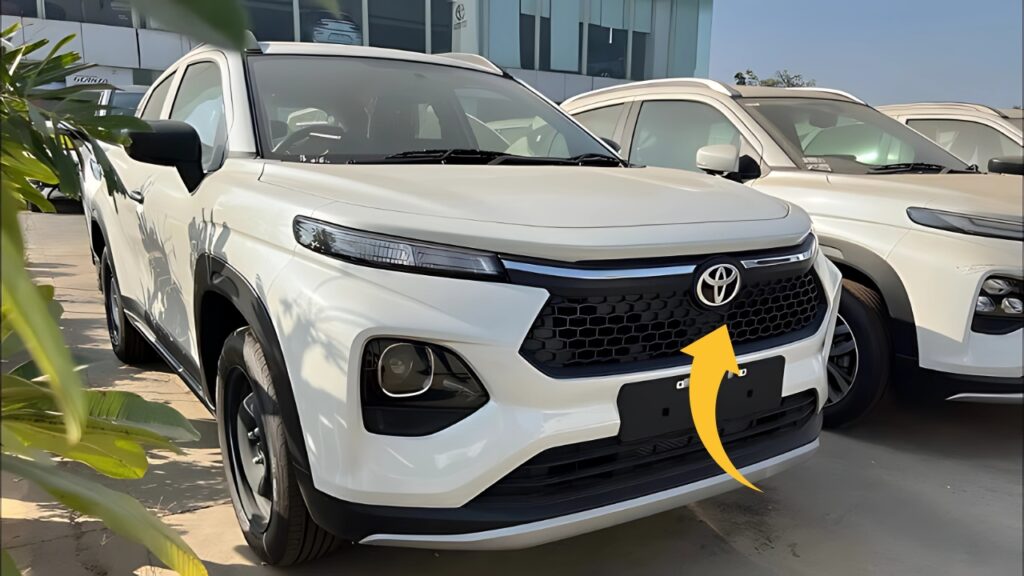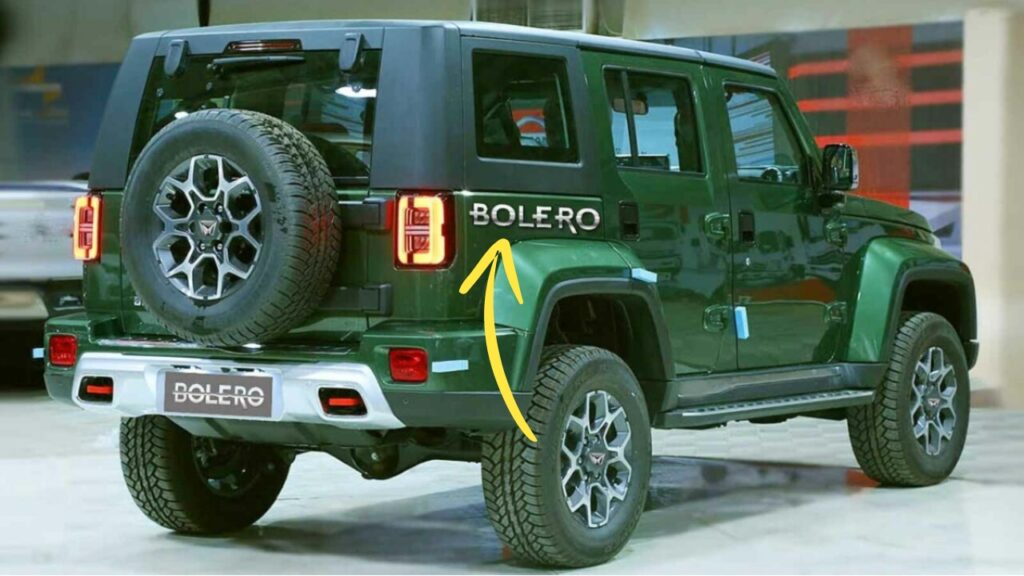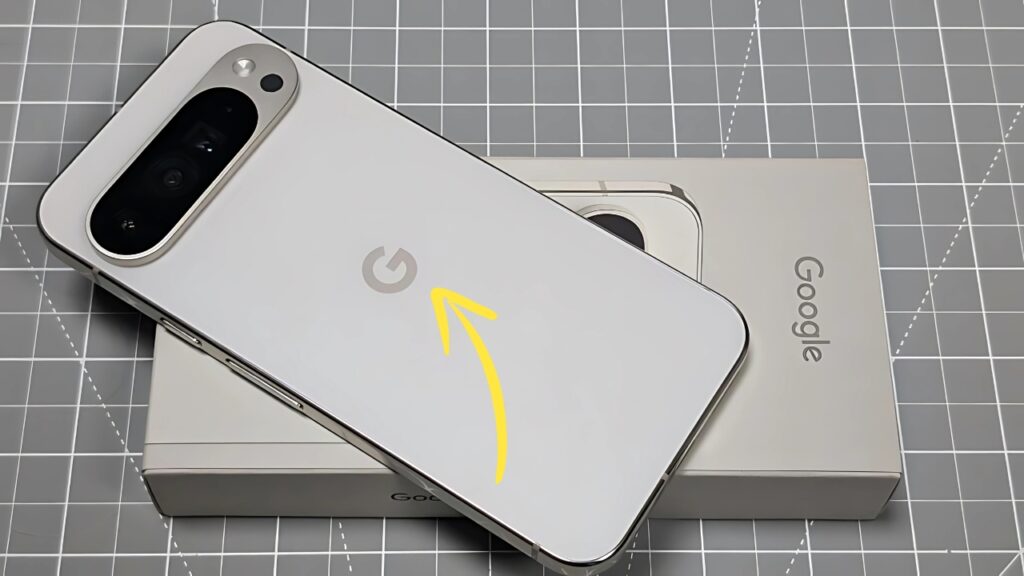Nokia G22: When HMD Global revived the Nokia brand in 2016, they promised a return to the reliability and quality that once made Nokia phones household essentials across the globe.
Fast forward to today, and the Nokia G22 represents perhaps the most intriguing chapter in this revival story—not because it boasts revolutionary technology or industry-leading specifications, but because it reimagines what value means in today’s smartphone landscape.
This detailed analysis explores the pricing strategy behind the Nokia G22, its market positioning, and whether it truly delivers on the promise of affordable innovation.
Nokia G22: The Positioning Strategy: Bridging Nostalgia with Modern Needs
Nokia’s approach with the G22 demonstrates a clear understanding of their unique market position.
Unlike Chinese brands competing primarily on specifications-per-rupee or established premium players pushing technological boundaries, Nokia has carved out a distinctive niche by emphasizing longevity, repairability, and sustainable ownership—values that resonate with both nostalgic former Nokia users and environmentally conscious younger consumers.
The G22’s pricing strategy directly reflects this positioning. Launched at ₹14,999 for the base variant (4GB RAM/64GB storage) and ₹16,499 for the enhanced version (6GB RAM/128GB storage), the G22 occupies what market analysts often refer to as the “sweet spot” in developing markets like India—affordable enough for first-time smartphone upgraders yet substantial enough to satisfy casual users coming from more premium devices.
This price point places the G22 in direct competition with formidable options from Xiaomi’s Redmi Note series, Realme’s number series, and Samsung’s A-series devices.
However, Nokia’s bet isn’t on winning specification comparisons but rather on offering a more holistic value proposition centered around three key pillars: repairability, extended support, and clean software.
The Repairability Factor: A Price Beyond Purchase
Perhaps the most revolutionary aspect of the G22’s value proposition—and one that significantly impacts its effective price—is HMD Global’s partnership with iFixit to create a device specifically designed for user repairs.
This approach represents a meaningful departure from the increasingly sealed, disposable nature of modern smartphones.
For an additional ₹2,199, users can purchase the official battery replacement kit, while screen replacement kits cost approximately ₹5,499.
While these prices aren’t insignificant, they represent substantial savings compared to traditional service center repairs or full device replacement.
More importantly, they introduce a calculation rarely considered in smartphone pricing discussions: total cost of ownership over extended periods.
A typical smartphone might last 2-3 years before battery degradation or screen damage prompts replacement.
The G22, with its user-replaceable parts, potentially extends this lifecycle to 4-5 years, fundamentally altering the device’s value equation.
When amortized over this extended lifespan, the G22’s effective monthly cost drops significantly below competitors with similar upfront pricing but shorter practical lifespans.
This repairability doesn’t just represent financial value—it addresses growing environmental concerns about electronic waste.
For environmentally conscious consumers, this aspect might justify the G22’s price premium over certain competitors with marginally better specifications but limited repairability.
Specifications and Hardware Value Assessment
While repairability and longevity form the cornerstone of the G22’s value proposition, the device’s hardware specifications remain crucial in assessing its price-to-performance ratio.
The G22 offers a measured approach to hardware that prioritizes reliability over raw benchmarks.
The device features the Unisoc T606 chipset—an octa-core processor built on a 12nm process that balances adequate performance with power efficiency.
This processor choice has drawn criticism from specification-focused reviewers, particularly when compared to Snapdragon 680 or MediaTek Helio G99 options available at similar price points.
However, field testing reveals that for everyday tasks—messaging, social media, video consumption, and casual photography—the T606 delivers consistent, thermal-efficient performance without significant compromises.
The 6.5-inch HD+ display with Corning Gorilla Glass 3 protection represents another practical choice.
While competitors increasingly offer Full HD+ resolution at this price point, Nokia has prioritized a panel with excellent sunlight legibility (500 nits peak brightness) and power efficiency over pixel density.
This decision directly contributes to the G22’s impressive three-day battery life from its 5050mAh capacity—a feature consistently highlighted in user testimonials as more valuable than marginally higher resolution.
Photography capabilities include a 50MP main sensor accompanied by 2MP macro and 2MP depth sensors.
This camera system performs admirably in good lighting conditions, though it struggles in challenging low-light environments compared to optimization-heavy offerings from Xiaomi and Realme.
However, the G22’s camera application offers a refreshingly straightforward experience without intrusive watermarks or aggressive beauty filters—qualities appreciated by photography purists.
The device’s build quality further reinforces Nokia’s value-through-durability approach. The recycled plastic construction feels substantial, with HMD Global claiming a rigorous testing process that includes 800 bending cycles and over 400 hours of extreme temperature testing.
The IP52 rating provides basic protection against dust and water splashes—modest by flagship standards but meaningful at this price point.
Software Experience and Support: The Hidden Value
Perhaps the most underrated aspect of the G22’s price-to-value equation lies in its software approach.
While competitors at similar price points often ship with heavily customized interfaces laden with advertisements and bloatware, the G22 offers an essentially stock Android experience with minimal pre-installed applications.
This clean software implementation delivers several tangible benefits: more available storage space, reduced RAM overhead, and a learning curve virtually nonexistent for anyone familiar with Android.
Moreover, Nokia’s commitment to two years of OS updates and three years of security patches significantly exceeds industry standards at this price point, where single OS upgrades and inconsistent security patches remain common.
For privacy-conscious users, this software approach represents substantial value, eliminating concerns about data harvesting through integrated advertising platforms or unnecessary applications.
Similarly, for less tech-savvy users or those purchasing for family members, the intuitive interface reduces support needs and extends practical usability.
The absence of “bloat” also contributes to the G22’s consistent performance over time—a factor rarely captured in initial reviews but frequently mentioned in long-term user testimonials.
Whereas competitors often experience gradual performance degradation as their heavily customized interfaces accumulate cached data and background processes, the G22 maintains relatively consistent performance throughout its lifespan.
Regional Pricing Variations and Market Strategy
Nokia’s pricing strategy for the G22 reveals fascinating insights into their global market approach. While the Indian market sees the device positioned at ₹14,999/₹16,499, European pricing begins at €179 (approximately ₹15,800), and UK pricing at £149.99 (approximately ₹15,600).
This relatively consistent global pricing—unusual in a market where manufacturers often apply significant premiums in Western markets—suggests HMD Global’s commitment to positioning Nokia as a global brand with consistent values rather than opportunistically maximizing margins in specific regions.
In markets like India, where the sub-₹15,000 segment represents approximately 45% of smartphone sales by volume, the G22’s pricing places it at the upper boundary of the mass market.
This positioning allows Nokia to capture value-conscious consumers upgrading from entry-level devices without directly competing with the hyper-competitive budget segment where margins have been compressed to unsustainable levels.
The pricing strategy becomes even more intriguing when considering carrier partnerships and financing options.
In several European markets, network operators offer the G22 at significantly reduced upfront costs when purchased with service plans—sometimes as low as €99—highlighting the device’s appeal as a reliable, low-maintenance option for carriers seeking to minimize support costs and customer churn.
Competitive Landscape: Price-to-Value Comparison
To properly assess the G22’s price positioning, a direct comparison with key competitors is essential:
| Feature | Nokia G22 | Redmi Note 12 | Realme 10 | Samsung Galaxy A14 | Motorola G73 |
|---|---|---|---|---|---|
| Launch Price (Base) | ₹14,999 | ₹14,999 | ₹13,999 | ₹16,499 | ₹16,999 |
| Processor | Unisoc T606 | Snapdragon 685 | MediaTek Helio G99 | Exynos 1330 | MediaTek Dimensity 930 |
| Display | 6.5″ HD+ 90Hz | 6.67″ FHD+ 120Hz | 6.4″ FHD+ 90Hz | 6.6″ FHD+ 60Hz | 6.5″ FHD+ 120Hz |
| RAM/Storage (Base) | 4GB/64GB | 4GB/128GB | 4GB/64GB | 4GB/64GB | 8GB/128GB |
| Battery | 5050mAh | 5000mAh | 5000mAh | 5000mAh | 5000mAh |
| Charging | 20W | 33W | 33W | 15W | 30W |
| Main Camera | 50MP | 48MP | 50MP | 50MP | 50MP |
| OS Updates | 2 years | 1 year | 1 year | 2 years | 1 year |
| Security Updates | 3 years | 2 years | 2 years | 4 years | 3 years |
| Special Features | User-repairable, IP52 | IR blaster, stereo speakers | AMOLED display | One UI features | 5G connectivity |
This comparison reveals the G22’s distinctive value profile. While competitors generally offer superior specifications in specific areas—Redmi Note 12’s faster charging and higher resolution screen, Realme 10’s more powerful processor, Samsung’s longer security support—none offers the G22’s unique combination of repairability, clean software, and balanced overall package.
For consumers prioritizing raw performance or display quality, alternatives like the Redmi Note 12 or Realme 10 might represent better value.
However, for those valuing longevity, ease of use, and environmental considerations, the G22’s pricing reflects its unique position in the market.
Retail Strategy and Actual Market Pricing
While the G22’s official pricing establishes its market position, actual retail pricing reveals additional nuances in Nokia’s strategy.
Following its launch, the device has seen periodic discounts during major sales events, with prices occasionally dropping to ₹13,499 for the base variant.
These controlled discounts—typically 10-15% below MSRP—suggest a deliberate strategy to maintain perceived value while periodically boosting sales volume.
Unlike some competitors who launch at artificially high prices expecting immediate discounting, Nokia’s approach indicates confidence in their value proposition at the established price points.
The G22’s availability across both online and offline channels further differentiates its pricing strategy from online-focused brands.
While maintaining consistent pricing across channels presents challenges, it has helped Nokia establish stronger relationships with traditional retailers, many of whom appreciate the brand’s commitment to sustainable margins over volume-driven approaches.
Key Considerations for Potential Buyers
The G22’s pricing strategy creates several important considerations for potential purchasers:
Long-term value over immediate gratification: The G22 might appear underspecified compared to alternatives at similar price points, but its value proposition centers on extended usability rather than impressive initial specifications.
Repair economics: For users planning to keep their devices for 3+ years, the potential savings from self-repairs significantly enhance the G22’s value proposition. However, those who typically upgrade every 1-2 years might derive less benefit from this feature.
Software preferences: Users who value clean, uncluttered interfaces will find substantial value in the G22’s approach, while those seeking extensive customization options or specialized features might find better value elsewhere.
Performance expectations: The G22 delivers consistent performance for everyday tasks but isn’t designed for intensive gaming or computational workloads. Users with such requirements should consider whether the device’s other benefits outweigh its processing limitations.
Brand ecosystem: Unlike competitors with extensive product ecosystems, Nokia offers limited integration benefits. However, this also means freedom from ecosystem lock-in, potentially reducing future switching costs.
Nokia G22: Redefining Value in the Smartphone Market
The Nokia G22’s pricing strategy represents a thoughtful attempt to redefine value in an increasingly homogenized smartphone market.
Rather than competing solely on specification sheets or aggressive price positioning, HMD Global has crafted a proposition centered around sustainability, longevity, and user empowerment.
For certain consumer segments—particularly those concerned about electronic waste, those seeking hassle-free experiences, and those planning extended ownership—the G22 delivers exceptional value despite its apparent specification deficits.
For others, particularly performance enthusiasts or those seeking cutting-edge features, alternatives may offer more compelling immediate value.
What makes the G22’s pricing truly significant, however, is its potential industry impact. By demonstrating viable consumer interest in repairability and extended support, HMD Global challenges competitor assumptions about planned obsolescence and disposability.
If successful, this approach could influence broader industry practices, ultimately benefiting consumers through more sustainable, longer-lasting devices across all price segments.
In a market often dominated by incremental improvements and specification races, the G22’s pricing strategy represents a refreshingly thoughtful approach to value—one that acknowledges the true cost of smartphone ownership extends far beyond the initial purchase price.
Whether this strategy proves commercially successful remains to be seen, but its attempt to align business incentives with consumer and environmental interests deserves recognition.

